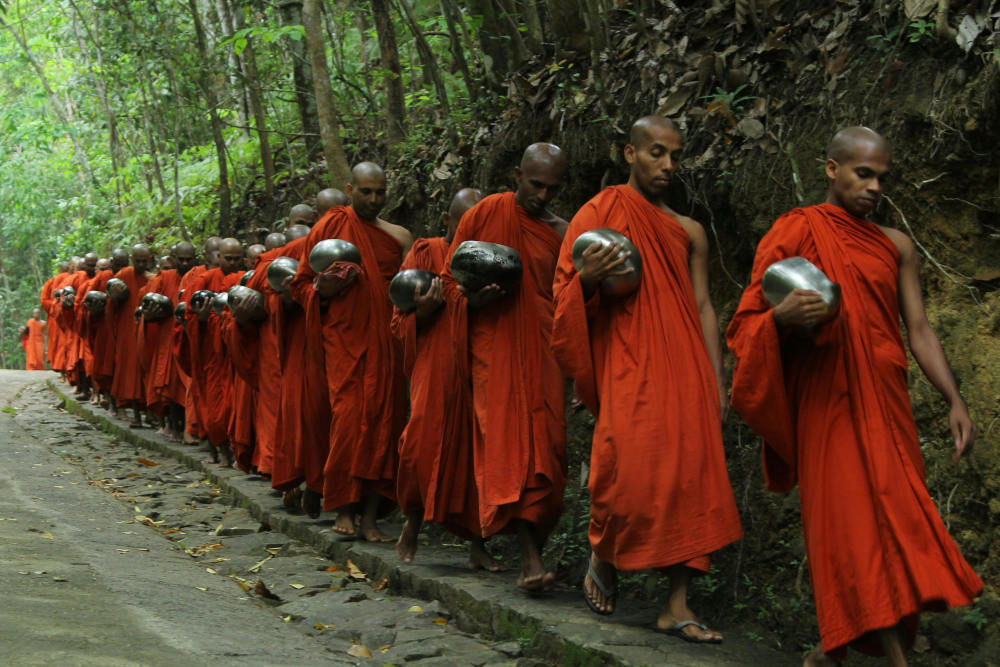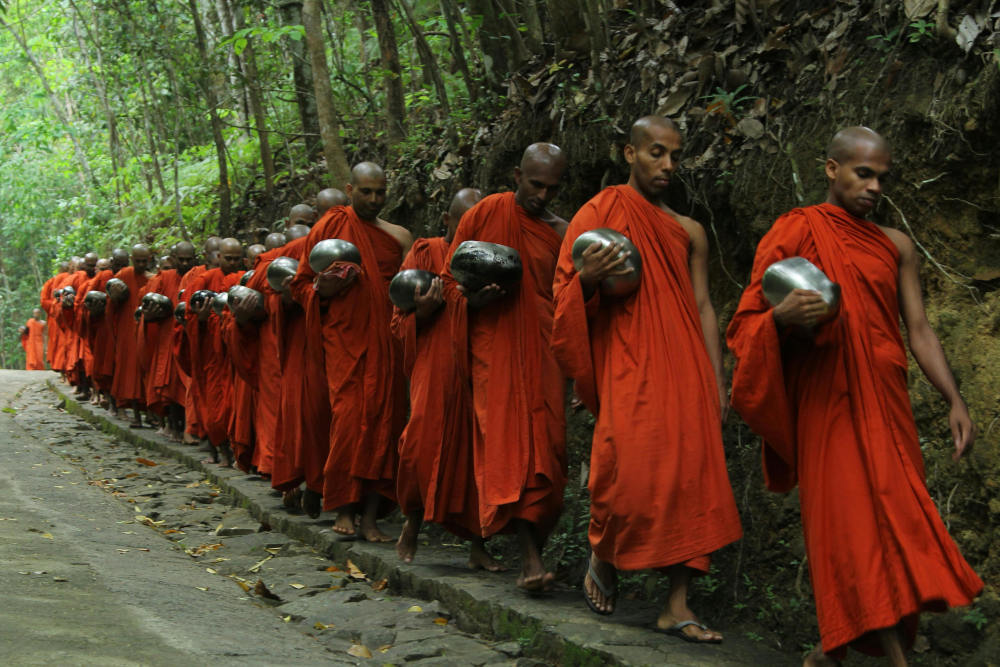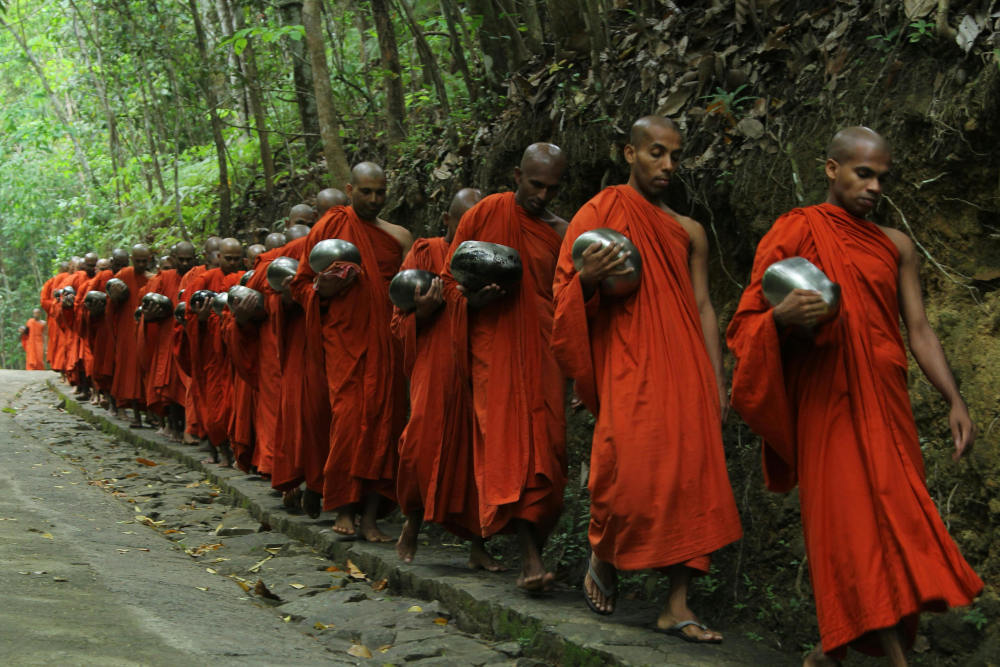
Buddhism is a vast and diverse spiritual tradition that has evolved into different schools over time. Two of the major branches are Mahayana and Vajrayana Buddhism. While Vajrayana is considered a subset of Mahayana, it has unique features that set it apart, including esoteric practices, a faster path to enlightenment, and a strong emphasis on ritual. Understanding these differences can provide deeper insight into the complexities of Buddhist practice and philosophy.
This article explores the key distinctions between Vajrayana and Mahayana Buddhism, examining their origins, principles, practices, and philosophical outlooks.
Origins and Development
Mahayana Buddhism, meaning the "Great Vehicle," emerged around the 1st century CE as an evolution of earlier Buddhist teachings. It emphasizes the Bodhisattva ideal—striving for enlightenment not just for oneself but for the benefit of all beings. Mahayana spread across China, Japan, Korea, Vietnam, and Tibet, developing various schools such as Zen, Pure Land, and Madhyamaka.
Vajrayana Buddhism, also known as the "Diamond Vehicle" or "Thunderbolt Vehicle," developed from Mahayana in India around the 7th century CE. It incorporates Tantric elements and esoteric teachings, claiming to offer a faster path to enlightenment. Vajrayana was later transmitted to Tibet, Nepal, Mongolia, and parts of East Asia, where it flourished within Tibetan Buddhist traditions like Nyingma, Kagyu, Sakya, and Gelug.
Key Differences Between Vajrayana and Mahayana
1. Path to Enlightenment
-
Mahayana: Follows a gradual path, emphasizing ethical conduct, wisdom, and compassion over multiple lifetimes.
-
Vajrayana: Claims to offer an accelerated path to enlightenment, often within a single lifetime, using esoteric techniques and rituals.
2. Use of Tantra and Esoteric Practices
-
Mahayana: Focuses on Sutra-based teachings and meditation, relying on philosophical study and moral discipline.
-
Vajrayana: Incorporates Tantric practices such as deity yoga, mantras, mudras, and mandalas. These esoteric methods require initiation and guidance from a qualified teacher.
3. Role of the Guru or Lama
-
Mahayana: Encourages devotion to the teachings of the Buddha and study under spiritual teachers.
-
Vajrayana: Places an extraordinary emphasis on the role of the guru or lama, viewing them as a living embodiment of enlightenment.
4. Symbolism and Rituals
-
Mahayana: Uses traditional Buddhist rituals like chanting, bowing, and meditation.
-
Vajrayana: Features elaborate rituals, visualization practices, and symbolic implements such as vajras, bells, and thangka paintings.
5. View on Enlightenment and Reality
-
Mahayana: Teaches emptiness (shunyata) and interdependence, emphasizing wisdom and compassion as essential for awakening.
-
Vajrayana: Builds upon Mahayana philosophy but adds the concept of using desire, emotions, and even seemingly negative forces as tools for enlightenment.
6. Bodhisattva Ideal vs. Tantric Practitioner
-
Mahayana: Encourages practitioners to follow the Bodhisattva path, gradually accumulating merit and wisdom.
-
Vajrayana: While also following the Bodhisattva path, Vajrayana practitioners use Tantric methods to transform their perception of reality, potentially reaching enlightenment more swiftly.
Similarities Between Vajrayana and Mahayana
Despite their differences, Vajrayana remains a branch of Mahayana Buddhism, and they share several core beliefs:
-
Both emphasize compassion (karuna) and wisdom (prajna) as essential virtues.
-
Both advocate for the Bodhisattva ideal—seeking enlightenment for the benefit of all beings.
-
Both teach emptiness (shunyata) as a fundamental principle of reality.
Controversies and Challenges
Vajrayana Buddhism, due to its esoteric nature and emphasis on ritual, has often been misunderstood or criticized. Some challenges include:
-
Secrecy of Teachings – Many Vajrayana practices require initiation, leading to accusations of exclusivity.
-
Misinterpretation of Tantra – Western perceptions of Tantra have often misrepresented its purpose, focusing on sexuality rather than spiritual transformation.
-
Reliance on the Guru – While devotion to the guru is a cornerstone of Vajrayana, cases of misconduct have raised concerns about the potential for abuse of power.
Conclusion
Mahayana and Vajrayana Buddhism are both profound spiritual paths offering unique methods for attaining enlightenment. While Mahayana focuses on gradual development through wisdom and compassion, Vajrayana introduces esoteric techniques aimed at rapid transformation.
For those drawn to Buddhism, understanding these differences can help in choosing a path that aligns with their spiritual goals and temperament. Ultimately, both traditions aim to liberate beings from suffering and guide them toward awakening.
Was this article helpful to you? Please tell us what you liked or didn't like in the comments below.
About the Author: Alex Assoune
What We're Up Against
Multinational corporations overproducing cheap products in the poorest countries.
Huge factories with sweatshop-like conditions underpaying workers.
Media conglomerates promoting unethical, unsustainable products.
Bad actors encouraging overconsumption through oblivious behavior.
- - - -
Thankfully, we've got our supporters, including you.
Panaprium is funded by readers like you who want to join us in our mission to make the world entirely sustainable.
If you can, please support us on a monthly basis. It takes less than a minute to set up, and you will be making a big impact every single month. Thank you.































0 comments